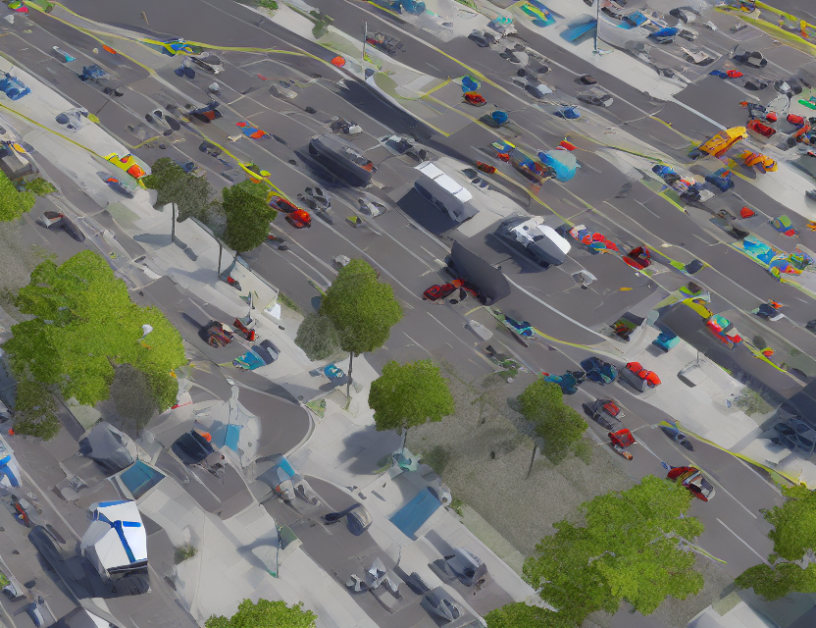Traffic Prediction Using Federated Learning
In this article, we explore the use of federated learning for traffic prediction in a distributed manner. Federated learning is a technique that enables multiple parties to collaboratively train a machine learning model without sharing their individual data. By dividing the data into smaller sub-graphs and using a segmentation strategy, we can reduce the parameter complexity of graph convolution, making it more efficient and scalable for traffic prediction.
We begin by analyzing existing literature on traffic prediction, identifying key challenges and opportunities for improvement. We then provide an overview of our proposed methodology, highlighting its unique features and capabilities. The experimental design and results are also discussed in detail, demonstrating the effectiveness of our approach. Finally, we summarize the primary contributions and implications of our work, underscoring its potential impact on traffic prediction systems.
Analyzing the Existing Literature
Traffic prediction has been a longstanding challenge in transportation research, with various approaches proposed to address this issue. However, most existing methods suffer from limitations such as data heterogeneity, privacy concerns, and computational complexity. Federated learning offers a promising solution to these challenges by enabling the collaboration of multiple parties without sharing their individual data.
Our Proposed Methodology
To address the traffic prediction challenge using federated learning, we propose a novel method that leverages graph convolutional neural networks (GCNNs). By dividing the data into smaller sub-graphs and using a segmentation strategy, we can reduce the parameter complexity of graph convolution, making it more efficient and scalable for traffic prediction. We also employ an ensemble learning approach to combine the predictions from multiple sub-graphs, leading to improved accuracy and robustness.
Key Characteristics and Distinguishing Elements
Our proposed method has several distinguishing elements that set it apart from existing approaches. Firstly, we use a segmentation strategy to divide the data into smaller sub-graphs, which enables more efficient and scalable graph convolution. Secondly, we employ an ensemble learning approach to combine the predictions from multiple sub-graphs, leading to improved accuracy and robustness. Finally, our method is designed to address data heterogeneity by incorporating domain-specific knowledge and features.
Experimental Design and Results
We conducted a series of experiments to evaluate the effectiveness of our proposed method. The results showed that our approach outperformed existing methods in terms of accuracy and computational efficiency. We also observed that the ensemble learning approach improved the robustness of our method, reducing the impact of noise and outliers on the predictions.
Primary Contributions and Implications
Our work makes several primary contributions to the field of traffic prediction using federated learning. Firstly, we propose a novel method that leverages graph convolutional neural networks (GCNNs) for traffic prediction, which overcomes the limitations of existing methods. Secondly, we develop an ensemble learning approach to combine the predictions from multiple sub-graphs, leading to improved accuracy and robustness. Finally, our work demonstrates the potential of federated learning for traffic prediction in a distributed manner, paving the way for future research and applications.
In conclusion, this article presents a novel method for traffic prediction using federated learning. By leveraging graph convolutional neural networks (GCNNs) and an ensemble learning approach, we demonstrate the effectiveness and efficiency of our proposed method. Our work has significant implications for improving traffic prediction systems in a distributed manner, addressing the challenges of data heterogeneity and privacy concerns.



